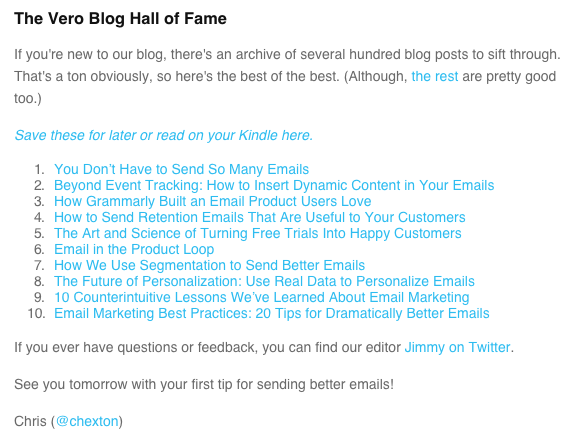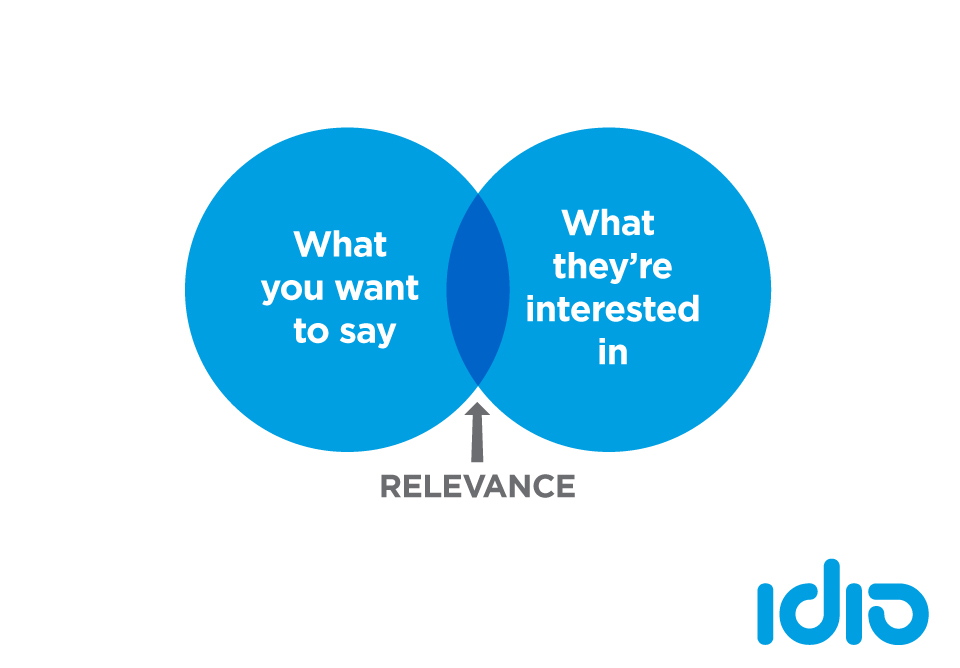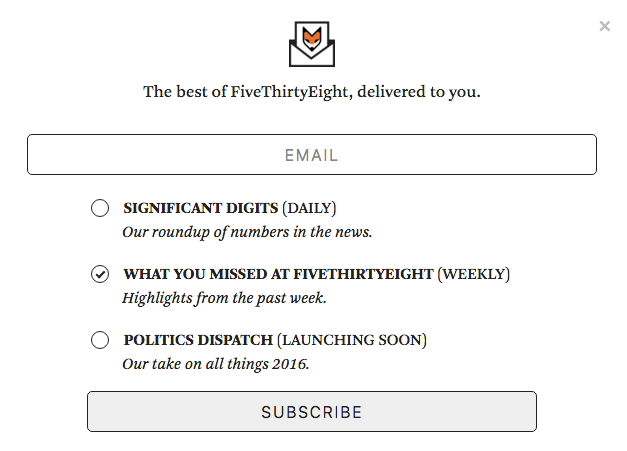Why Most Newsletters Fail
-
UncategorizedUpdatedPosted:
On this page
2015 was the year of the newsletter.
Tools like Curated, Goodbits and TinyLetter made it easier than ever to start a newsletter. Many people took advantage of these great tools and began building lists and curating content.
The problem?
These tools don’t suddenly make people care about what you have to say. Marketers, the chief offenders of bad emails, took it too far this year. Most newsletters flopped, whether the creators are willing to admit it or not.
Here are a few reasons why most newsletters fail along with some suggestions on sending email that actually works.
They don’t start at the beginning.
Most newsletters send recent posts to subscribers. Regardless of when the subscriber joins, everyone receives the same information at the same time. Dropping a reader into the content slipstream is the easiest way to send a newsletter, but it’s certainly not the best.
A new visitor to your site lacks context. How has your blog evolved? How do you help people succeed? What do other readers know that they don’t?Answering these questions goes a long way towards earning loyal readers.
New subscribers to the Vero blog receive a six-step campaign. The first email welcomes the new subscriber and shares the Vero blog “Hall of Fame.” These aren’t our most-trafficked posts, they are the highest-converting posts.

Next, we send a series of five emails explaining how we can help them succeed. We offer content as well as tips for using our app to send better emails. Within the first few days of subscribing, we send four emails. We want to provide the most useful information we can while the reader’s curiosity is piqued. After this campaign ends, subscribers simply receive our normal weekly newsletter.
Our strategy isn’t perfect, but it’s worked well. More than 50% of the early emails are opened. That’s more that double our weekly newsletter.
New readers need different information. Tailor their initial experience with a simple campaign to get them up to speed as quickly as possible.
There is a disconnect between the audience and the content.
This problem isn’t unique to email marketing, but it’s the reason many newsletters go unread. People subscribe to newsletters for information that will help them succeed in their work or personal life. Promotion, therefore, falls on deaf ears.

Image via Content Marketing Institute
This is the exact reason email can’t be viewed as a channel. Email can be used to build relationships at scale, but it requires that marketers move away from a “channel” mentality and towards a “user experience” mentality. That may seem like a subtle difference, but it results in completely different messaging. Marketers that view email as a channel gravitate towards blast emails and promotions. They burn through lists without regard for the subscribers needs or wants. Marketers that focus on user experience deliver content that helps the subscribers succeed. They, in turn, are rewarded with loyal customers.
It’s what ad man Bob Hoffman calls “brand babble”:
Modern marketing is operating under the delusion that consumers want to interact with brands, and have relationships with brands, and brand experiences, and engage with them, and co-create with them.
Sorry, amigo. Not in this lifetime.
Make sure the content of your emails is what your readers need. Without empathy, your email is doomed to fail.
It’s sent too often or not often enough.
Creating a publishing schedule is a positive constraint that results in big wins for your business. This starts by setting an expectation during the signup. If you promise an email every day, you better send one every day. And if you promise one every month, you can’t send one every week.

A schedule is the key to creating habitual readers. They must know when to expect your emails or your results will be wildly inconsistent. If you plan to test subject lines and calls to action, send time is a variable you need to consider. Make a promise to your readers and keep it.
Users don’t actually ask for them.
Email marketing is the pinnacle of permission-based marketing. This means you have the privilege, not the right, to communicate with prospects, leads and customers. It’s the #1 reason we see email marketers fail and the #1 reason we see them succeed. As Seth Godin says, it’s all about building trust and earning respect.
It recognizes the new power of the best consumers to ignore marketing. It realizes that treating people with respect is the best way to earn their attention.
If you’re sending your newsletter to trial signups who didn’t explicitly request your emails, you’re breaking that trust.
Respect the inbox, deliver value and you can succeed.
Want to send more personalized mobile and email messages to your users?
Learn moreCustomer story

How UNO uses email marketing from the data warehouse to deliver personalized mortgage broking

